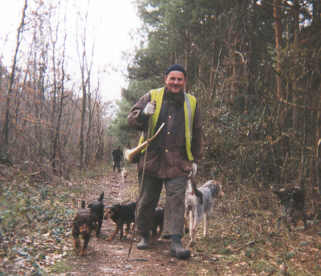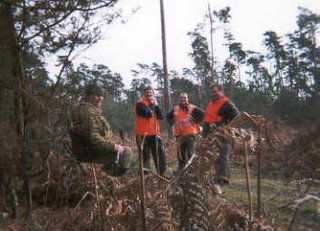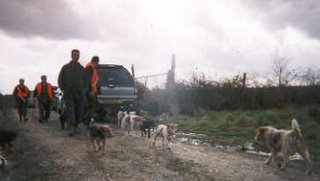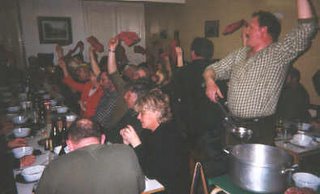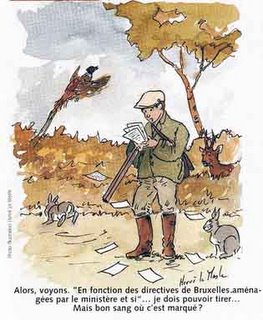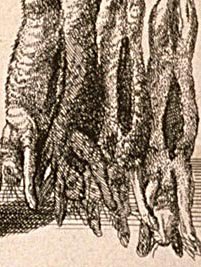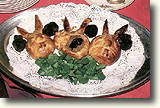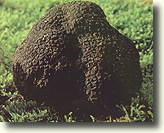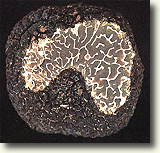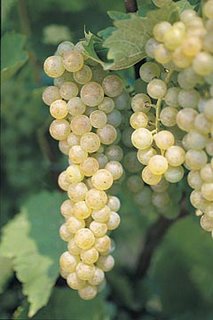 White Grapes
White GrapesA grape which produces a fine, aromatic wine with a good colour. Its importance has increased in making dry white wines.
Le Semillon
This grape takes great pleasure in growing in chalky and clayish soils. It produces a golden coloured wine which is fine, clear and sweet. Due to its ability the famous "noble rot", it is one of the most important grapes for making sweet wines.
La Muscadelle
this is a delicate grape which is sensitive to "noble rot". It produces a highly aromatic wine. Since the 18th century is has had the reputation for being the best grape for eating as well as for making delicious wine.
Red Grapes
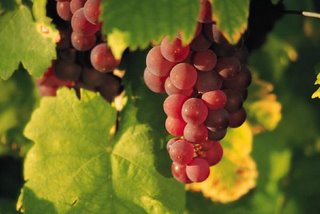 Le Cabarnet sauvignon
Le Cabarnet sauvignonA grape well known for its consistency in production and its quality. It produces a tannic wine with a rich vibrant colour. With maturity it acquires a certain delicateness and fragrance.
Le Cabarnet franc
Like the sauvignon but with more of a bouquet and a tendency to mature at a faster rate.
Le Merlot
This grape occupies nearly half of the bergerac vineyards. It is perfectly adapted to the local soil and climate. It has an impressive bouquet.
Le Malbec ou cot
This vine stock occupies a mere 3% of the Bergerac vineyards. It produces a light, delicate wine with a nice colour.
Click on Links:
TAGS: Bergerac Wines Events in a chateau Rent a chateau France
Special Events Chateau Lalinde Perigord Dordogne Holidays in France
